Beyond the Games: Designing for the Olympics with Community in Mind
With the Paris 2024 Summer Games underway, we’re taking stock of our Olympic legacy.
 Sasaki
Sasaki
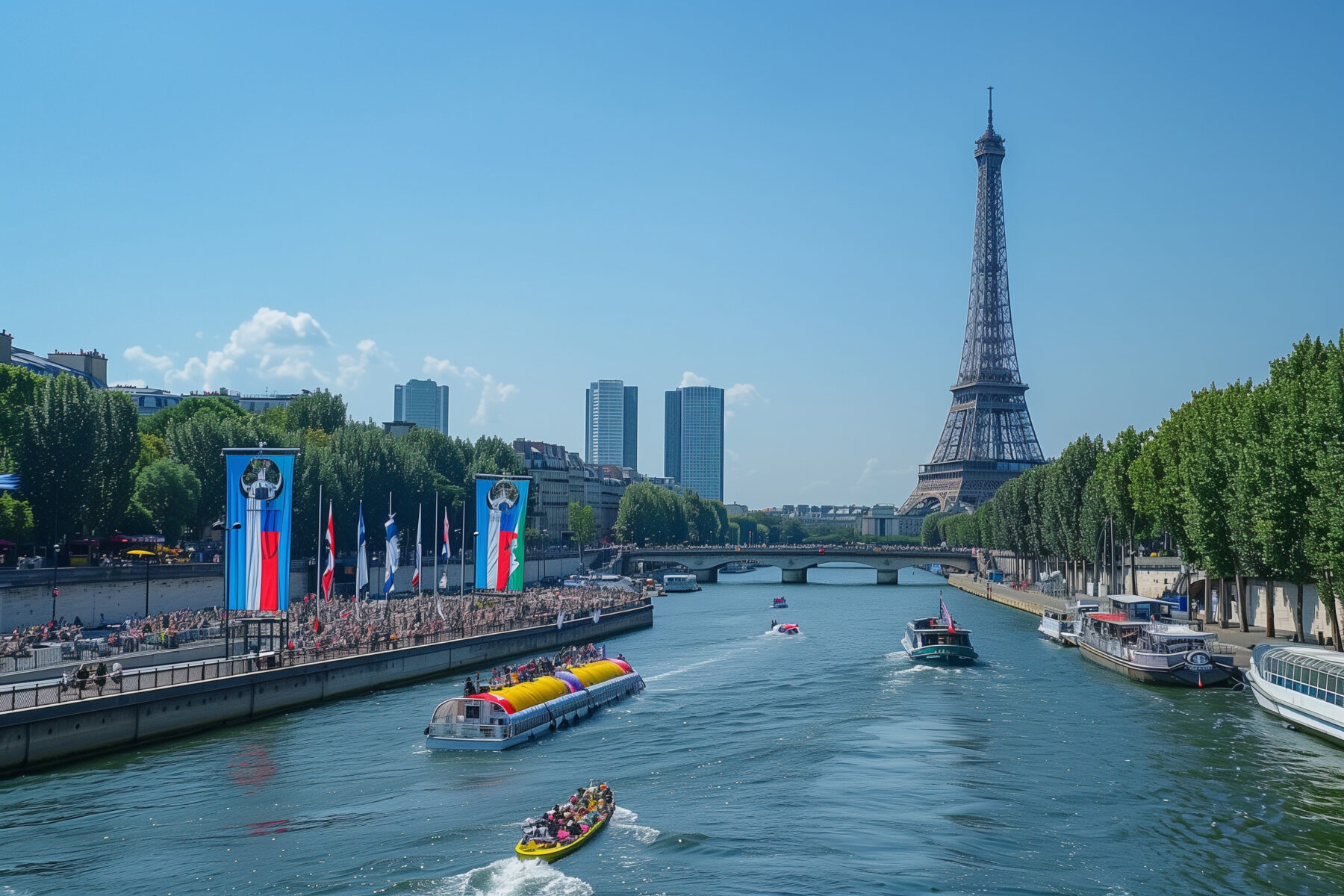
The 2024 Paris Olympic Games were a celebration of the city’s public realm as well as the athletes, and it was a joy to watch. How will Los Angeles invest in public space for the benefit of the 2028 Olympic Games and beyond?
If you’re like me, you just spent two weeks glued to a screen watching Olympic hopefuls follow their dreams to gold, silver, and bronze, leaving it all out on the fields and the courts. And maybe, if you indeed are like me, you noticed something different about this year’s games that we haven’t seen in a long time: iconic public realm used for sport. There was something uniquely special about the way the Paris Games unfolded that speaks volumes to the potential and opportunity a well designed public realm can bring to a place, old or new.
Paris, a city that attracts millions of tourists every single year to walk its streets, visit its museums, eat at its cafes, stroll along its river, and meander through its gardens, used all of those things to support an Olympic Games like no other. Paris 2024 capitalized on their existing public realm in the best way, making public sport truly accessible to the masses. And it did that with a bent towards a sustainable and environmentally responsible Olympics that proved to be more inclusive and revolutionary across the board.
It started with sending over 10,000 athletes down the River Seine in almost 100 boats. Covering 3.5 miles in the center of Paris, this floating parade used an historic piece of city infrastructure to showcase athletes who came from all over the world to compete on the global stage. A first of its kind in modern Olympics, the city itself became the arena, inviting fans to gather along the entire river route to welcome the sporting heroes on opening night. The Games used one of the city’s major natural assets to bring people together to enjoy a communal experience unique to Paris, in the open space of a river known around the world for its integration into the urban context. The city was on display as much as the athletes and it was a joy to behold.
...Visitors’ experiences did not start at the entrance to a venue but began out in the city, in the outdoor places and interstitial spaces that make our urban centers great.
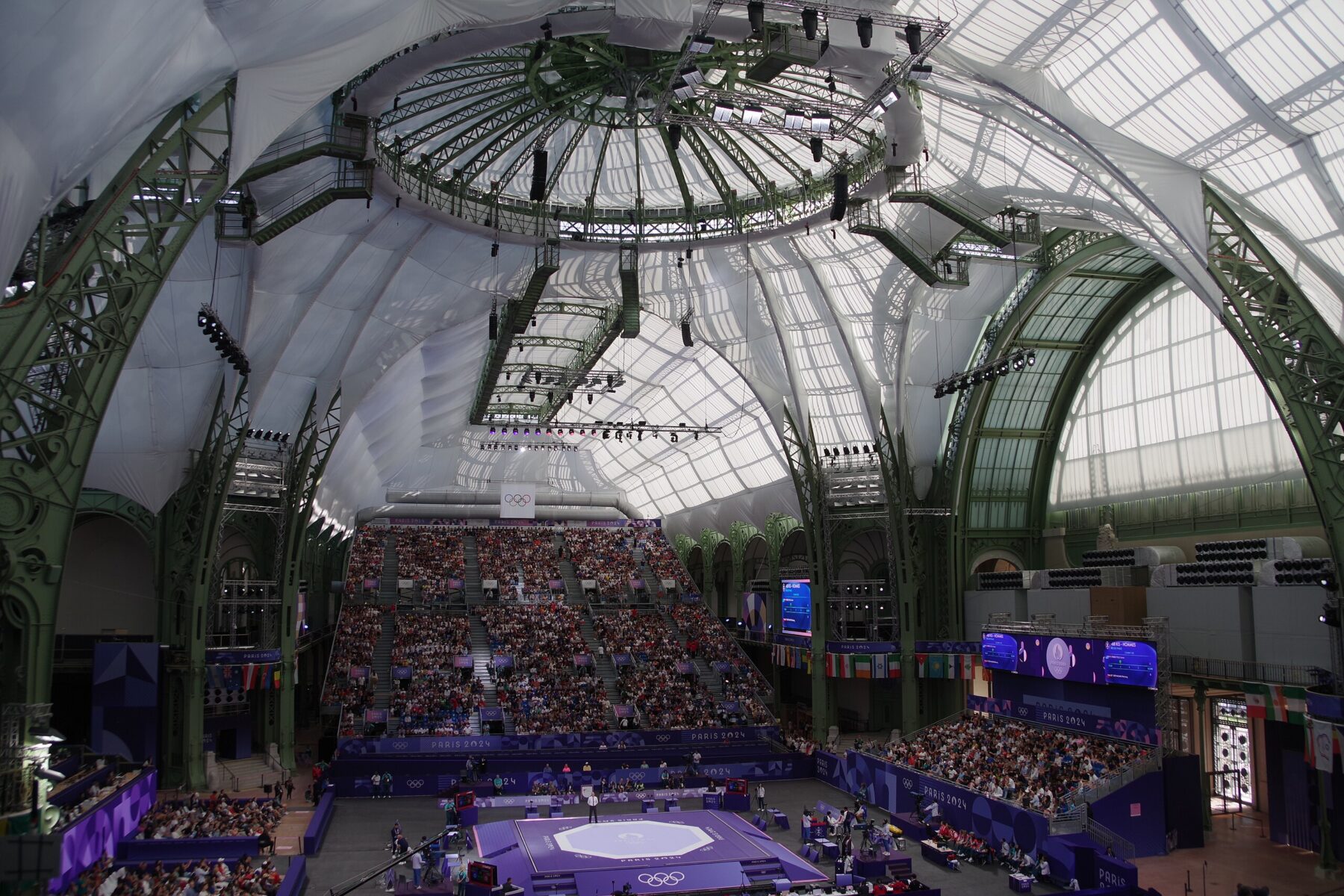
The Grand Palais was the site of Taekwondo and fencing during the Games
The iconic cultural experience continued with the beach volleyball stadium at the base of the Eiffel Tower, basking in the glory of one of the most recognizable structures in the world as its backdrop. The commentary of each match could not help but acknowledge architecture as a part of the entire spectacle, solidifying design’s role in the human experience. Fencing was housed in the main hall of The Grand Palais, supporting an exciting sport that is gaining in popularity and breaking demographic boundaries in a truly stunning architectural masterpiece from the 1900s, renovated to give the building another 100 years of life and purpose for the many millions who will visit Paris in the decades to come. And holding the equestrian competitions in the heart of Versailles, a pristine and supremely curated French Garden belonging formerly to one of France’s most famous Kings, gave the land back to the public and showed nothing was more precious than the experience of the spectator and the sport.
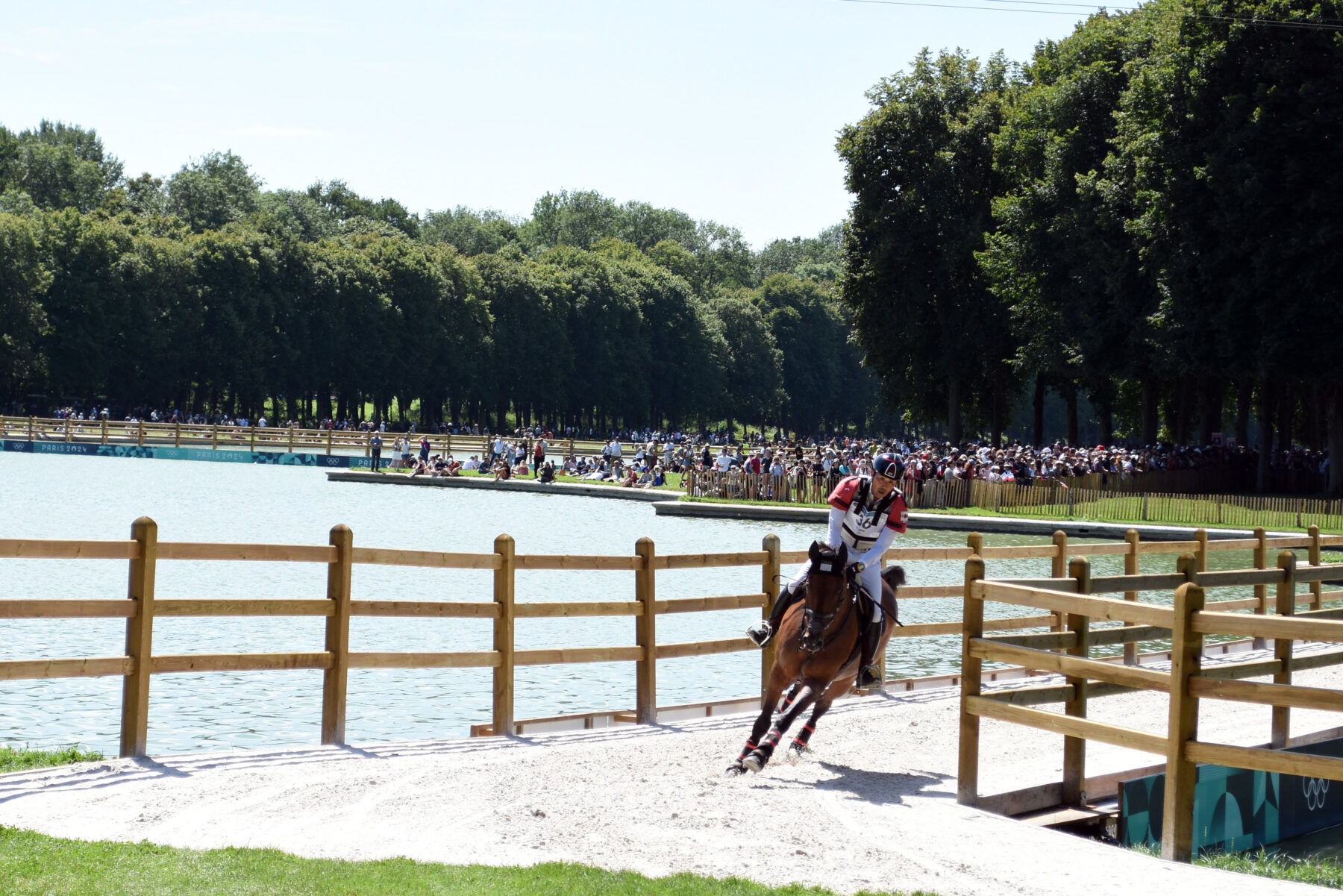
Cross country equestrian competitions took place at the grounds of Versailles. Photo by Eric Salard under CC BY-SA 2.0.
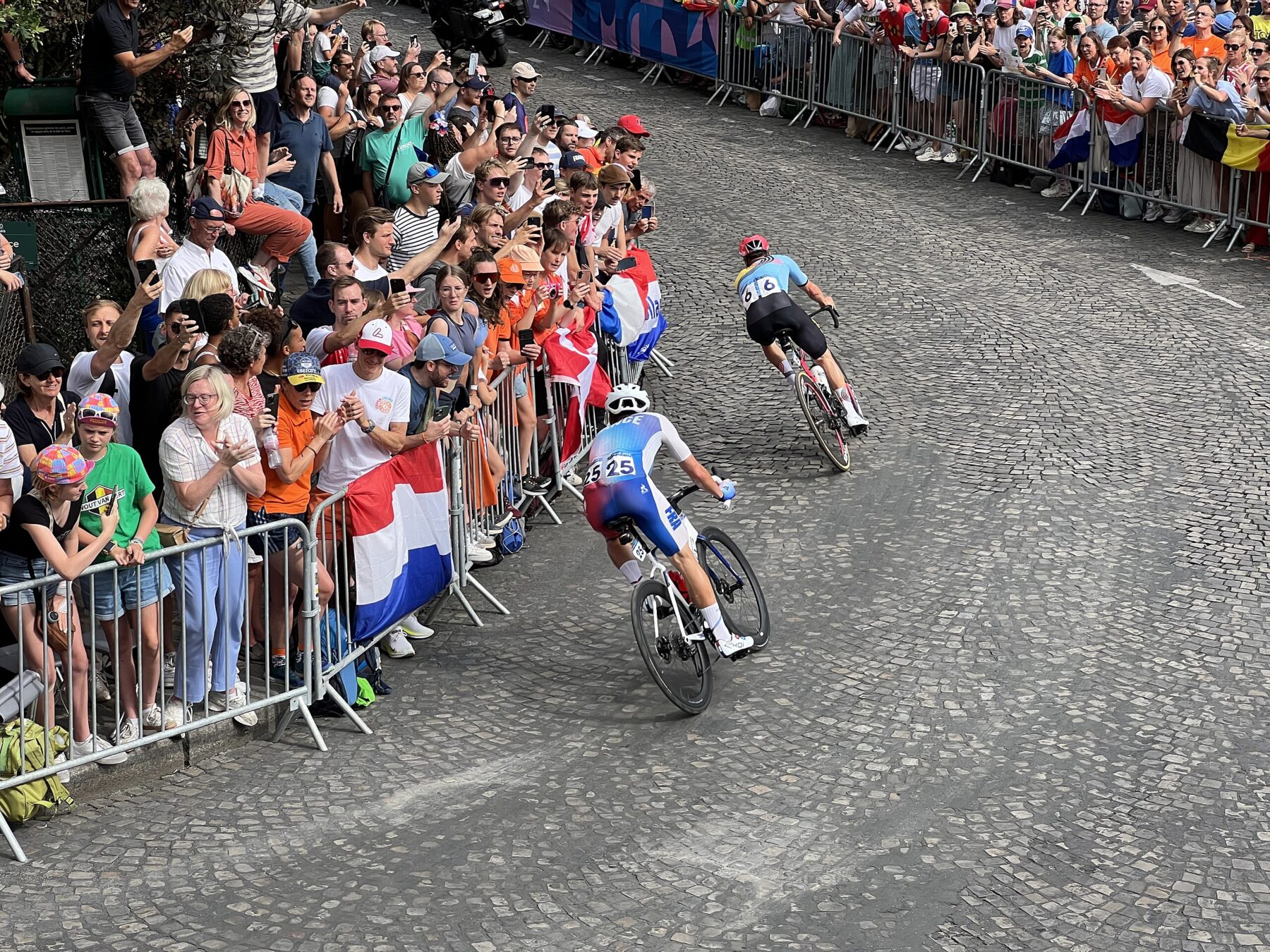
The men’s road cycling event at the 2024 Olympic Games tore through rue Saint Éleuthère, Paris. Photo by Chabe01 under BY-SA 4.0.
These games were truly stunning in a city that never seems to falter in its ability to inspire and excite. But the real winner here was the public spectator, and the design of the spaces in between that kept people engaged, entertained, and enamored. The ability to get to all events via public transit meant that visitors’ experiences did not start at the entrance to a venue but began out in the city, in the outdoor places and interstitial spaces that make our urban centers great. It finally feels like those parts of the Olympic experience made it to the forefront to create a holistic environment where joy and sport abound. Investment in public space is a cornerstone of strong urban centers. And if those kinds of spaces can work for the Olympics, imagine what they can do for everyday life.
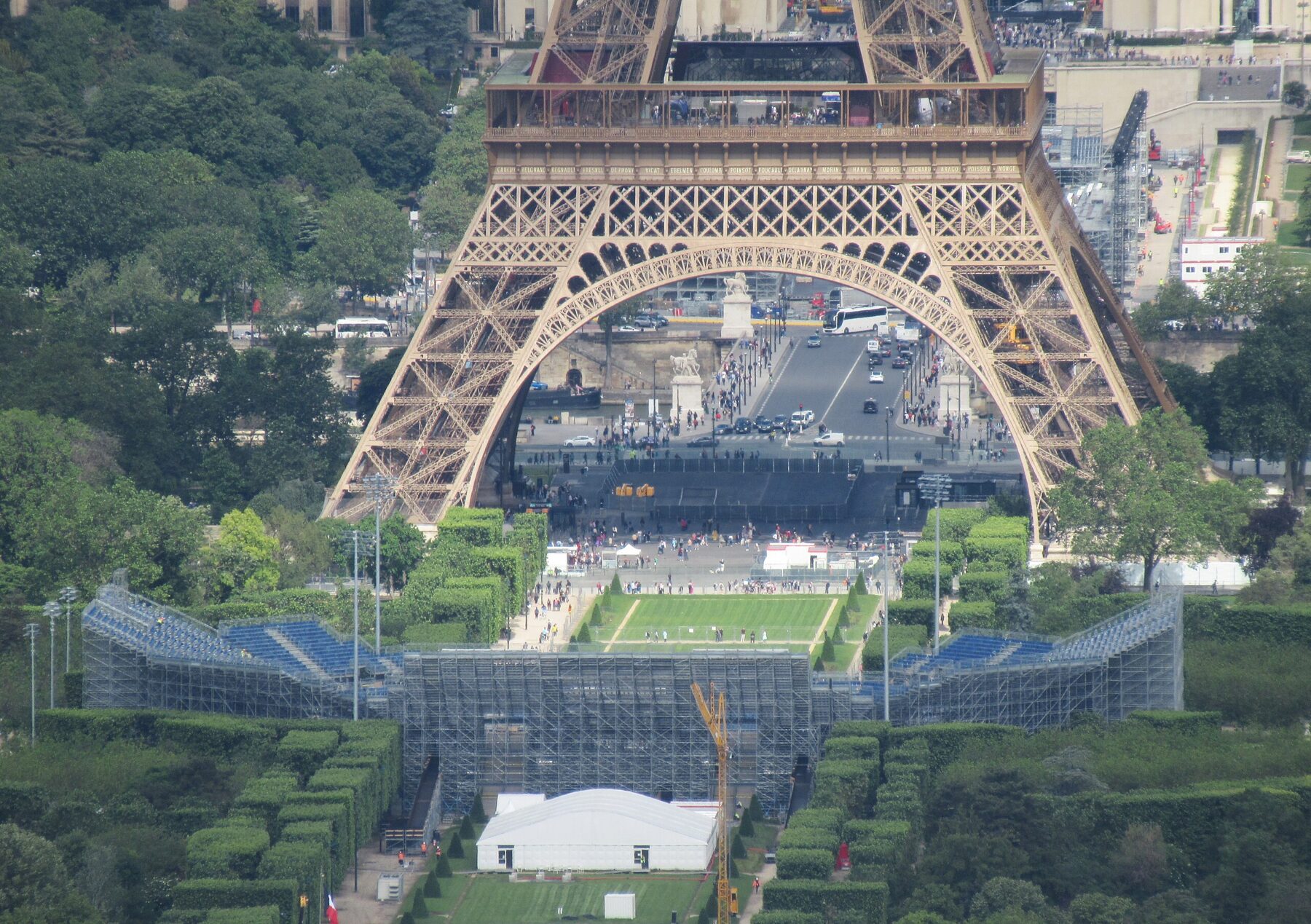
Champ-de-Mars, in the shadow of the Eiffel Tower, hosted beach volleyball. Photo by MFonzatti under CC BY-SA 2.0.
Investment in public space is a cornerstone of strong urban centers. And if those kinds of spaces can work for the Olympics, imagine what they can do for everyday life.
What was built anew for these Games tells an equally compelling story. With 80% of Olympic spending in Paris going to Seine-Saint-Denis, the post-Olympic long term plan will provide 2,800 housing units and two new schools, benefitting 6,000 residents in that one neighborhood of the city. And that spending isn’t just in buildings, but in landscape, open space, and infrastructure. This kind of investment, in one of the least expensive modern Olympics, shows the staying power and the influence good planning and design can have on a place. Understanding what existing facilities can support the Games and focusing attention, energy, and money into specific built interventions is smart planning that can pack a big punch. Time will of course be the decider of how this all develops and succeeds, but one thing is true: a well designed, inclusive and accessible public realm is good for the Games, and it’s good for us all.
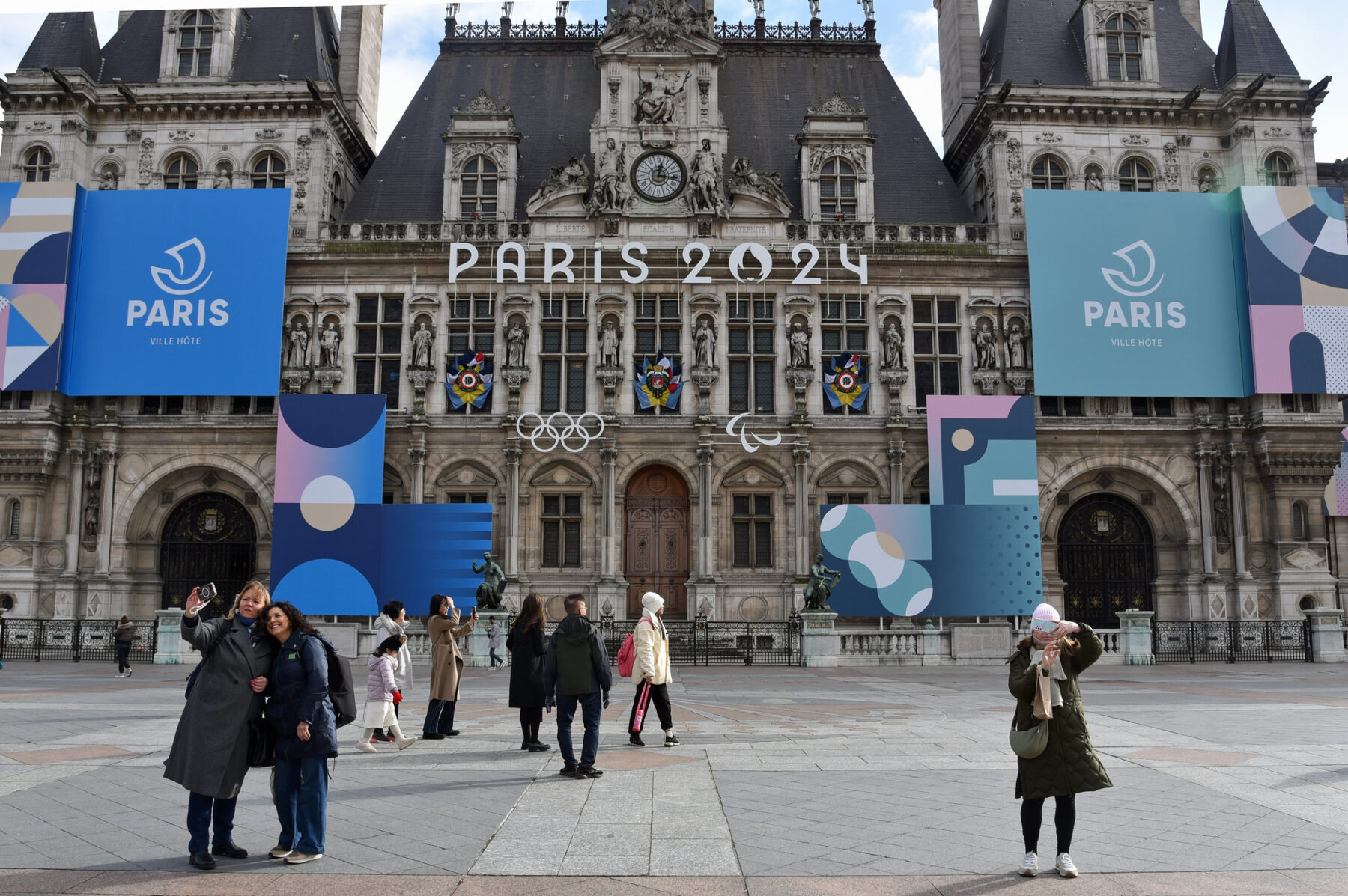
L’hôtel de Ville prepares for the Olympic Games in Paris. Photo by Conall under CC-BY 2.0.
As we come out of the collective joy of cheering on our favorite athletes in our favorite events, I can’t help but look to LA 2028 and wonder what the City of Angels has in store for athletes and spectators, and visitors to the city now and into the future. What does universal accessibility look like in the city today and what improvements need to happen for all who visit to feel welcome and supported? What intentional and resilient design interventions will help mitigate rising temps in an already heat stressed locale without relying solely on conditioning the air with active solutions? How will a strong public realm welcome the next millions of visitors to feel more connected to the sport and to each other?
There is time to think about these questions, and to envision quality design solutions to each – ones that promote diversity, inclusion, and resilience at every step and in every public space. I look forward to seeing the LA 2028 Summer Games evolve over the next four years and seeing ways we can learn from the successes of Paris 2024, and some of the challenges, to make LA even more prepared to handle our collective sporting excitement in 2028. For now, I will rest my cheering voice and clapping hands and eagerly await the next round of exciting sports at the Paralympics, set to take center stage next week, hoping that it brings the same attention and care as these last Olympics. Long live sport, and the public spaces that support it.